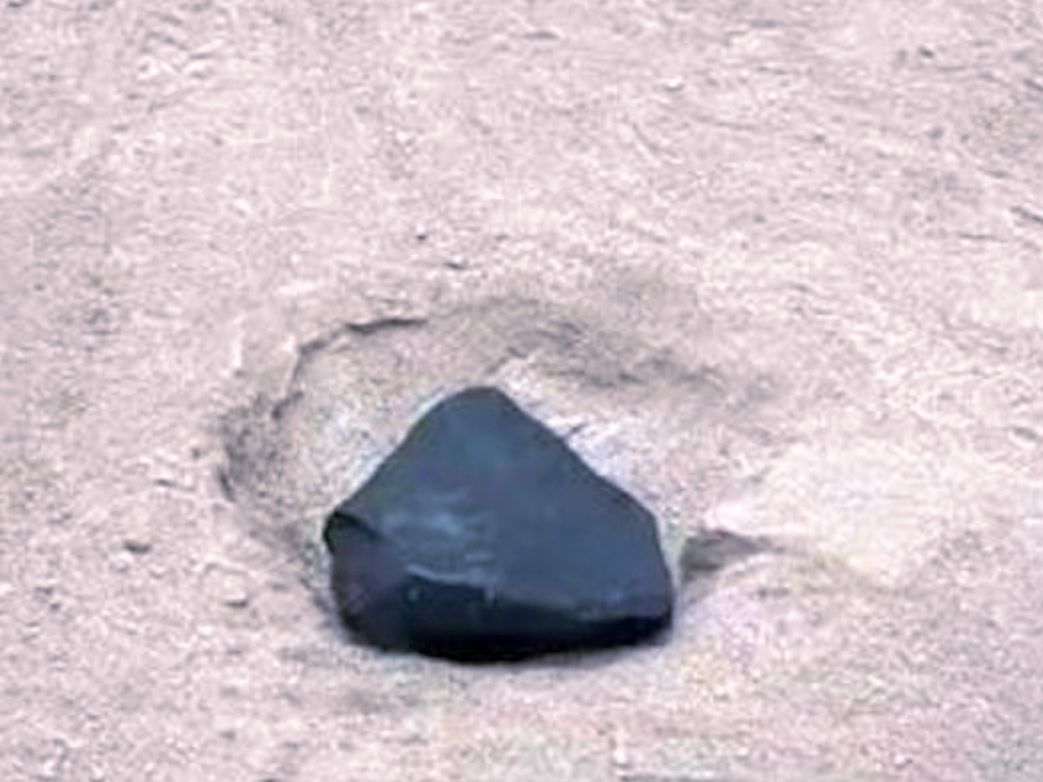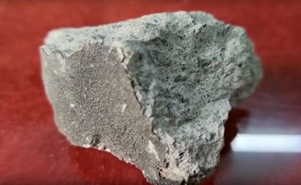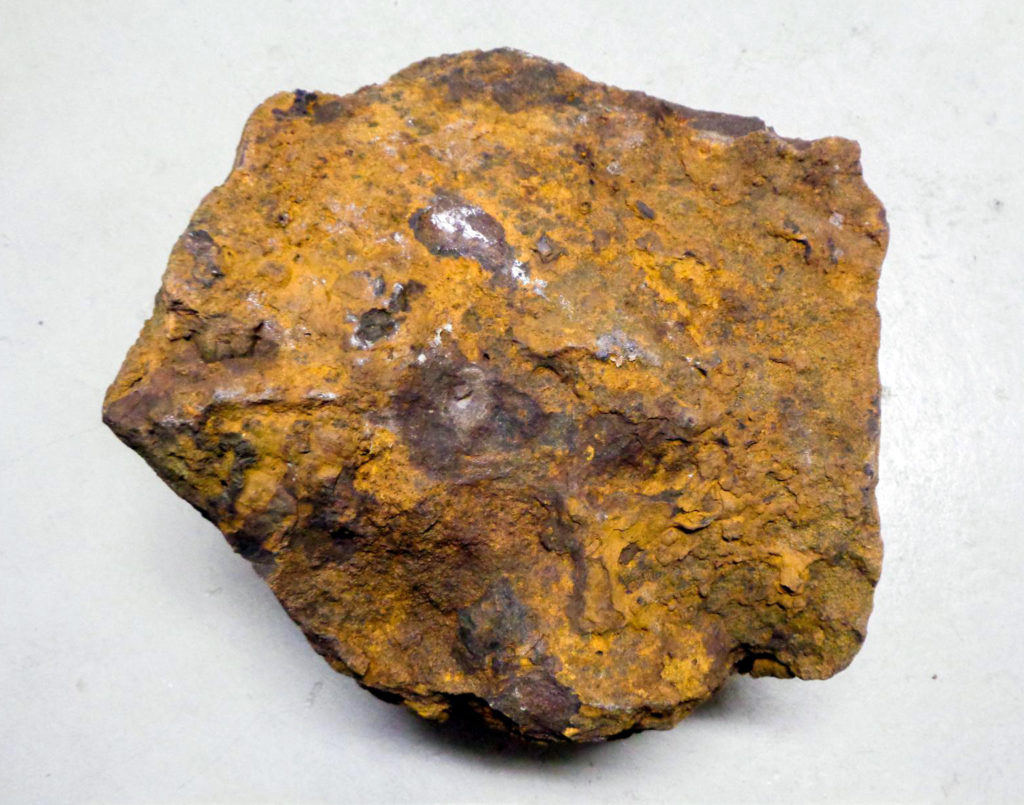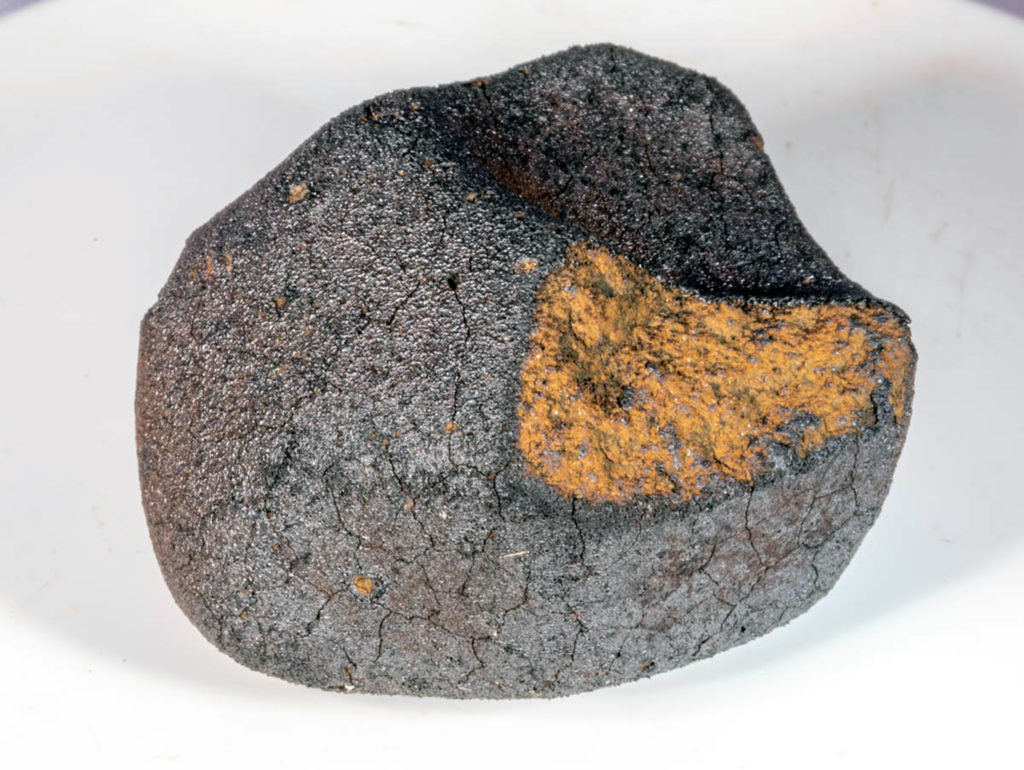Bulk major and trace element abundances of barred olivine chondrules: Evidence about the physicochemical conditions in their region of nebular formation
M. E. Varela, J. Roszjar, P. Sylvester, L. Garcia
MAPS, Version of Record online: 28 April 2025
“Barred olivine (BO) chondrules are present in ordinary and carbonaceous chondrites. We focus on the bulk major and trace element abundance composition of BO chondrules from carbonaceous, unequilibrated ordinary, and Rumuruti chondrites. Their bulk Fe/(FeO + MgO) wt% content versus the FeO wt% in olivine was used to divide these objects into FeO-poor and FeO-rich BO chondrules. The trace element content of bulk BO chondrules reveals the absence of fractionation among the abundances of elements having different geochemical behavior (e.g. Yb and [La-Ce]). This points to the predominance of a cosmochemical (e.g. gas/liquid or gas/solid condensation) instead of a geochemical process determining their elemental abundances. In addition, their bulk trace element content provides evidence for the physicochemical conditions that prevailed in the solar nebula during their formation. In general, such nebular regions are governed by local redox variations coupled with overall falling temperatures. The bulk chemical composition of the studied BO objects (e.g., Mg/Si bulk) suggests a time scale in which FeO-poor BO chondrules formed first in a chondrule-forming region rich in refractory trace elements. The progressive removal of refractory phases (e.g., hibonite, fassaite, melilite) led to a nebular reservoir depleted in the very refractory elements (e.g., Zr and Y) in which the rare earth elements (REEs) tend to reach equilibrium with the chondritic reservoir. From such a reservoir, the FeO-rich BO chondrules could have formed and were subsequently processed by metasomatic exchange reactions that equilibrated their moderately volatile V and Cr around chondritic values. The observed chemical variations are only possible if the studied BO chondrules behave as open systems exchanging elements with the cooling vapor. The inferred local redox variations coupled with overall falling temperatures could have taken place during the evolution of a single heterogeneous nebular reservoir in which Fe-poor and FeO-rich BO chondrules formed.”
































